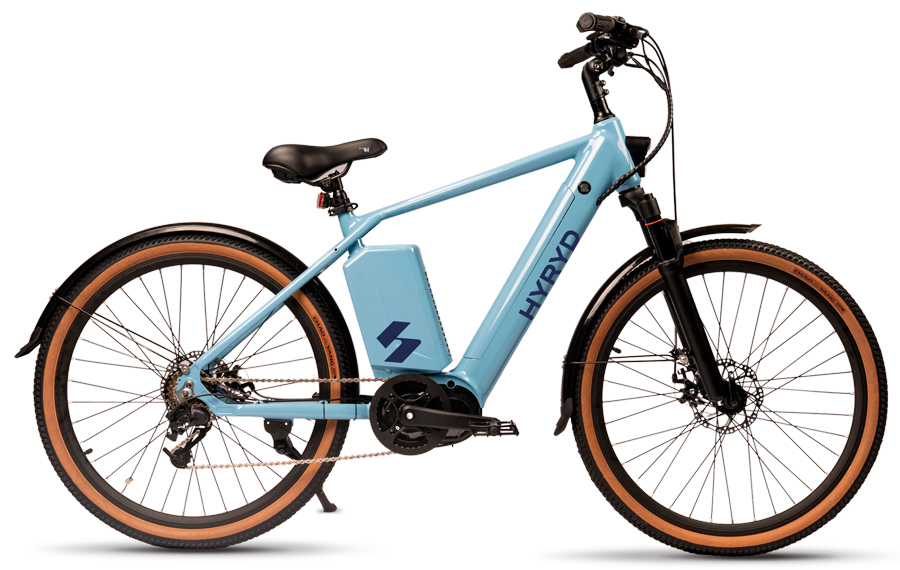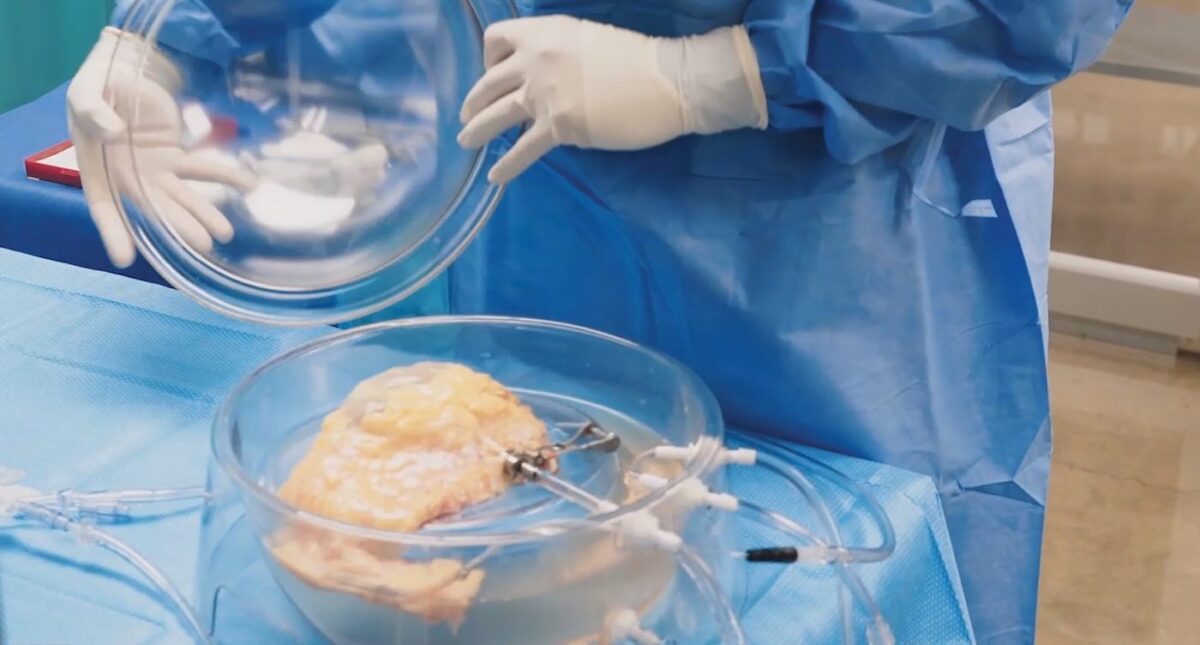The Supersonic Factory is Here
Last month, Boom, an aviation technology company, celebrated the completion of the Overture Superfactory, the first supersonic airliner factory in the United States. This facility, located at Piedmont Triad International Airport in Greensboro, North Carolina, will serve as the final assembly line for Boom’s Overture supersonic airliner, enhancing American leadership in aerospace manufacturing.
With the construction phase complete, Boom will now focus on operationalizing production. The initial assembly line can produce 33 Overture aircraft annually, with plans to build an additional line to double the capacity to 66 aircraft per year. The campus will also feature a delivery center for global airlines, including United, American, and Japan Airlines. Overture aircraft built here will serve millions of passengers worldwide.

The Superfactory’s construction, completed just 17 months after breaking ground in January 2023, is expected to significantly impact North Carolina’s economy. Economists project the full Boom manufacturing program will contribute at least $32.3 billion over 20 years, with the Superfactory directly creating more than 2,400 jobs.
I am guessing it will be pretty expensive to get a flight on one of those. But they are very cool looking!





